If you have two computers (lets say their machine names are "pc_a" and "pc_b" that are networked together and the program is running on computer "pc_a" and the database resides on computer "pc_b", then your connect string needs to include the machine name for computer "pc_b".
You can provide the machine name even if it is the local machine, so the code below will work if the program is running on the same machine as the database or if the program is running on one machine and the database is on another, so long as the two machines are networked AND the account you're running the program under has access to the machine and instance and database.
Please note in example below, the "default" instance name (MSSQLSERVER) was used when SQL was installed. When the DB instance name is the default name, then you must not provide an instance name explicitly (you'll get the error you showed if you do). The only time you provide an instance name explicitly is when it it not the default instance name. The code below can handle either scenario (by setting dbInstanceName variable to "" or an instance name, e.g. "\SQLEXPRESS"). See S.O. SQL Server: How to find all localdb instance names. When it doubt, try an empty instance name and a name you believe to be the instance name to see what works.
string databaseMachineName = "pc_b";
string databaseInstanceName = "";
string dbName = "stocksDb";
using (SqlConnection sqlConnection = new SqlConnection("Data Source=" + databaseMachineName + databaseInstanceName + "; Initial Catalog=" + dbName + "; Integrated Security=True;Connection Timeout=10"))
{
.
.
.
}

